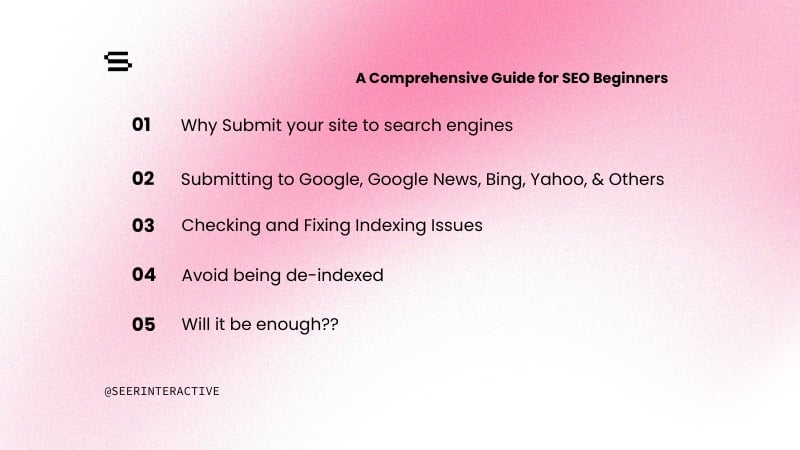Several months ago SEER Interactive had an idea to create a Return on Investment (ROI) Calculator to show our clients that an investment of "X dollars" in Search Engine Optimization returned a profit of "Y dollars". Our hope being that as a campaign proceeded the cost per search visitor and cost per search conversion would decrease, eventually showing that the investment in SEO was a profitable one.
In order to create the ROI Calculator we first needed to know how much each successful conversion was worth to a client. For example if a conversion was worth $10 dollars to a client and SEER got our client 100 conversions, SEER could then say these conversions we were responsible for profited the client $1,000 dollars. Using the number of search conversions along with their value, and the client's contract information we could calculate the actual ROI for investment in SEO.
At first this seemed like a fantastic idea, after all who wouldn't be happy with a report that says your investment was a profitable one. However during the implementation of the Calculator a number of issues were discovered which made it's creation far more difficult. Below are the two major problems in the creation of our ROI Calculator.
Existing Search Traffic
When SEER begins a project with a client we create a Google Analytics profile which captures only organic search traffic. The ROI Calculator then used the Google Analytics API to get the number of organic search conversions (excluding the company's brand name) and used that number to calculate the ROI. However it was quickly discovered that this would only work for clients that had little to no search traffic to begin with. If a client already had search traffic, there is no way to separate which search visits were a result of SEO efforts, compared to which search visits would have reached the client without SEO, therefore attributing conversions would be near impossible.
This meant any client which already had search traffic would need to have an average search revenue calculated before the ROI calculator could be applied. Not only does this add a significant level of complexity to the calculator itself, but calculating average search revenue is often very difficult. What if the client recently changed domains, or launched a new website? What if the client is seasonal? Calculating an average search revenue before SEO efforts can be very difficult, or even impossible and without that information the ROI Calculator would be very inaccurate.
Lifetime Value of a Customer
The other difficulty in the creation of the calculator was the difficult concept of "Lifetime Value (LTV) of a customer." Often times once a visitor has found a website and completed a conversion, they will come back in the future and do it again. Therefore you can't simply say, "This conversion was worth $10," since that person could return and complete the same transaction 5 times, making that new customer worth $50 instead of $10.
The first problem with this concept is that it is somewhat difficult to understand or explain. This resulted in a large amount of confusion and time spent explaining what we were looking for and why. The second and much more significant problem with this concept is that this number is almost always an approximation, as the data necessary to calculate an exact value is almost always unavailable.
Realizing it was time to pull the plug
Here at SEER Interactive we evaluate ongoing and new programming projects every couple of weeks to determine their priority. SEER takes into account the estimated time needed to complete the project, the value to customers, and how much help it will be to SEER employees.
After a careful analysis of the ROI Calculator's obstacles we realized: The initial time estimates of the project skyrocketed after these problems were discovered, our calculations were going to be based on approximations, and the project was causing a significant amount of confusion, taking up a lot of our client's time.
Knowing the cost of the project was far higher than originally anticipated we wanted to make sure the project was still of value to our clients. However since these issues resulted in several approximated values, and the ROI Calculator relied on these approximated values, our ROI calculation would compound the inaccuracies of these approximations making the final result even less accurate. Therefore SEER decided that it would be better to spend our time improving our client's ROI even more, rather than creating a report that shows them an approximated dollar value of returns.
After Pulling the Plug
Once it was decided that the project was no longer of value to clients and it needed to be scraped, the question became what next? We have some of this data already, is there anything we can do with it? After all, we didn't want to see the project become a total waste.
Our answer: Use the goal values already built into the Google Analytics system. While it won't allow us to calculate an ROI due to several of the same issues, it will give us additional information for analytics purposes and will require almost zero setup time and maintenance. Furthermore clients will no longer have to compute LTV since we will be using the conversion values to optimize the site and analyze trends rather than compute an actual monetary result.
Do you have any projects which are causing more problems than they are solving? Would you know if you did?
Any comments or feedback is more than welcome!


